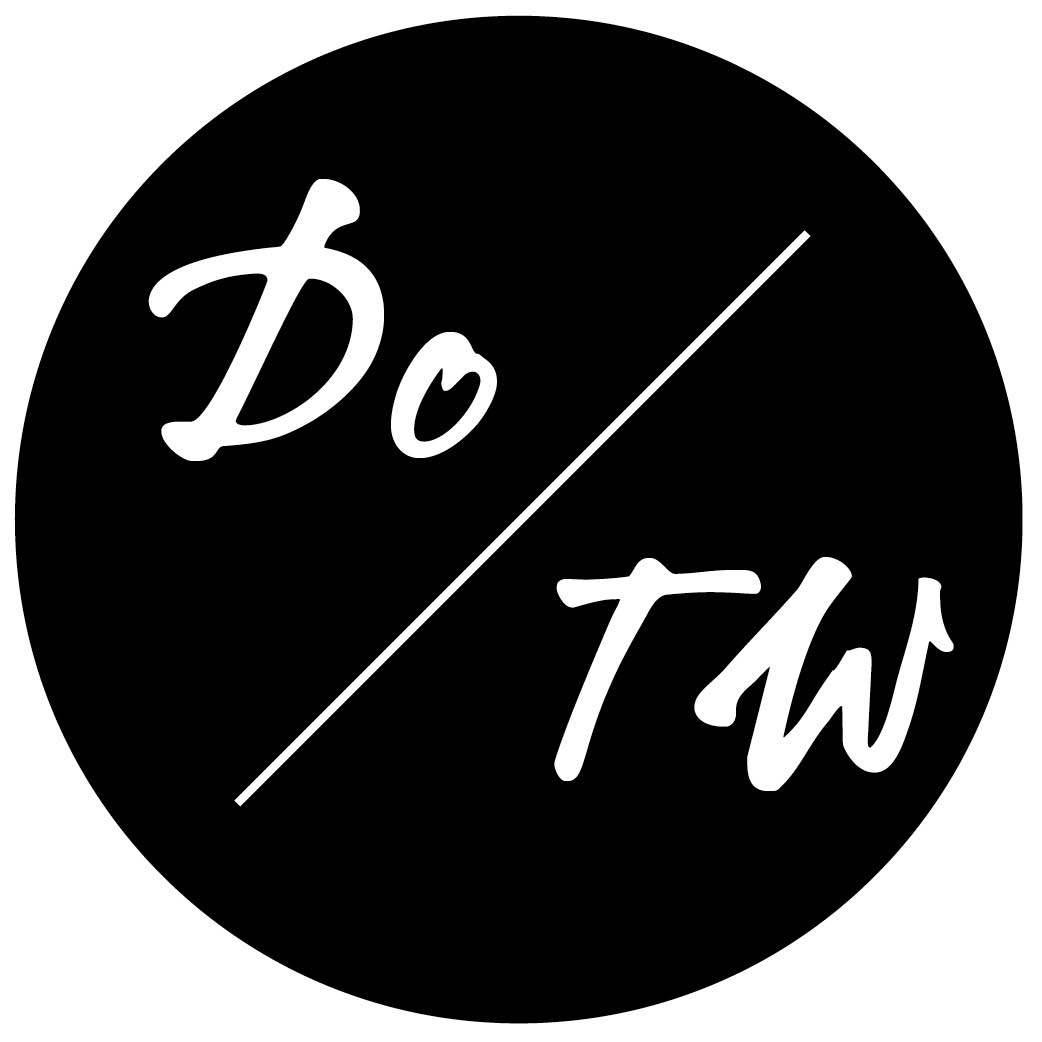Does Your Travel Magazine Article Pitch Need Help?

In our webinars, retreats, and online pitching programs, I frequently talk about putting my “editor hat” on.
I don’t usually mean these literally–as in “it’s time to edit your work!” I actually mean that it’s time for some very tough love that you rarely get to hear: exactly what an editor would think if your pitch rolled into their inbox without warning.
This is an incredibly important process for writers who are stuck on their pitches (I always think when I say this of a writer who attended one of our first Pitchapalooza events and soon after writing me that she was landing $1-per-word, cover-story assignments because of “aha” moments like this).
But it is also very unlikely to happen to most writers for the simple fact that they aren’t sitting there, pitching editors in person, seeing their responses in real-time.
What you hear tends to be exactly the last thing you expect.
And it makes sense. When you’ve been myopically stressing over a certain part of your pitch, another major issue–perhaps one that would only jump out to an editor rather than a freelancer–has avoided detection, even though it is what is sinking your pitches.
As we frequently discuss in our weekly webinars, there are so many deeper problems involved in magazine article pitch letter than simple lexical tweaks. (We overhauled many listeners ideas live in our year-end call-in webinar in 2016, which you can catch here!) Often the idea needs to be expanded to a round-up, better matched to a specific section of a magazine, or completely revisited and revamped into something that a magazine editor would be more likely to buy.
What We Want to Do To Help Your Pitches Get Responses
It would not be an exaggeration to say that pretty much everything we do here are Dream of Travel Writing grew out of the simple complaint common to so many travel writers:
“Editors just aren’t responding to my pitches. I don’t understand!? What am I doing wrong?”
Over the nearly three years we’ve been going, we’ve worked up a wide variety of in-person, online, and one-on-one coaching options to solve this problem.
But I hear you when many of you say that you aren’t doing this full-time right now, or have just started doing this full-time and are strapped on funds, and those options just don’t work for you.
This July, I’ve heard from many writers that are feeling, hard, that fact that the year is half way over and they haven’t made the progress they wanted on their goals for the year. That’s why I wanted to take a minute to tell you about three options for you that are all right around $20 a pop that will allow you to leverage a small investment into serious changes in the responses you’re getting from editors–if you are getting any at all right now.
Depending on your style, as in, what helps you make the most progress, we’ve got three high-leverage, low-investment options for you (beyond the free content on our blog already like this, this, and this):
- Massive learning: We offer one-hour classes with video and audio recording options, and all slides and a full transcipt included, for $19 each in our webinar library, and these ten focus on upgrading your understanding on a key area of pitching to create tangible, fast results:
- How To Increase Your Pitch Success Rate By Analyzing Magazines
- How to Generate Sure-Fire Salable Ideas
- How to Hone Your Travel Article Ideas to Perfectly Fit Each Magazine
- How To Craft The Perfect Article Pitch
- Don’t Create “Ideas” From Nowhere: How to Always Find Them When You Need Them
- Answers To Your Most Common Pitch Questions (You can also grab all six of the webinars above together as a set for 25% in our Power Up Your Pitches Collection for $85)
- How to Break Your Trips Into the Maximum Number of Article Ideas
- Putting Together a Pitch Portfolio to Support a Big Trip
- The Art of the Followup–The Simple Key to Dramatically More Assignments
- Taking Control of Your Ideas, Pitches and Followups
- Massive action: If you know that you want to set aside time for a major pitch blitz, our Travel Magazine Database packs in potent tool kit for a month of massive action. For $20/month, you not only receive detailed how-to-pitch and contact information for more than 500 magazines that publish travel articles, you also get:
- The ability to search for outlets for your pitches by type of article (i.e. first-person feature, business profile, city guide) to cut down pitching time exponentially and quickly connect you only to magazines publishing the type of story you’re trying to pitch.
- The option to have your article matches, trip story ideas, or pitching conundrums workshopped in our monthly subscriber AMA (ask-me-anything) call–along with a back catalog of nearly a dozen calls we’ve done previously to learn from other writer’s sticky pitch situations.
- A 180-page guide to maximizing your pitches with answers to common questions that hold writers back, proprietary worksheets for organizing your pitches to make the most of your pitching time.
- Three online classes in pulling the most article ideas from each trip, making sure your ideas are a pefect fit for each magazine, and opening yourself to more magazines to make more article idea placements.
- One-on-one attention: We offer pitch critiques at any time for $25 per letter, and include in the (If you know this is something you really need, I’ve also put together a special package of 9 query critiques for $95 that you can grab this month to get your pitching into gear before the end of the year!)
How Our Query Critiques Work

As we frequently discuss in our weekly webinars, there are so many deeper problems involved in magazine article pitch letter than simple editorial tweaks.
Often the idea needs to be expanded to a round-up, better matched to a specific section of a magazine, or completely revisited and revamped into something that a magazine editor would be more likely to buy.
Your pitch letters show me so much more than what’s on the page: I get to see the larger-brush-stroke tweaks that we can do in your thinking that will make *all* of your query letters more effective.
Query letter critiques are like a low-key form of coaching in which we get to work out larger issues in your writing while also perfecting the ideas you have right now.
What kind of pitches can you submit?
- magazine article pitches
- LOIs (letters of introduction) for breaking into trade publications
- applications to travel writing jobs listed online
- cold pitch letters you’re planning to send to companies for content marketing gigs
- press/familiarization trip application emails
- pitches to destinations, tour companies, and hotels to provide free travel
The review process:
- All pitch critiques should be submitted here once you have completed the payment above.
- Expected turn around time is three business days, but if you need something on a rush, let me know.
- If I’m on vacation or a trip without regular email access, I’ll alert you as soon as your pitch comes in, so you can decide whether or not you want to save it for later or wait a few additional days.
- No more than two pitches per writer can be in the review queue at a time.
- No additional rounds of edits are available; if you’d like to rework and resubmit the query letter, you can do so as a new critique (multiple back-and-forths on the same query are only available for monthly coaching clients).
How to Make the Most of Your Travel Magazine Article Pitch Critique
Some helpful tips on what I look at with pitches that you can also do on your own before they reach me to make the most of the feedback you receive:
- Is it blisteringly clear what you are pitching and why? If an outside party who knows nothing about the topic can’t tell in the first sentence or two, you’re toast. Why would the editor keep reading? They’ll go into skim mode–if they continue at all.
- Why should what you’re pitching be covered rather than 10,000 other things out there? As someone who grew up in California, now lives on the attraction-heavy Eastern seaboard of the U.S. and has also lived in Italy, whenever I’m trying to pitch my family on why we should go somewhere, I keep in mind that I have to show why this new places is (a) better than something we already know and love, and (b) better than somewhere we could easily drive to–saving money and having a more comfortable trip. Have you made it clear why the readers of the specific magazine you’re pitching should shell out to bother to visit the place you’re pitching?
- Does your pitch have a structure that makes sense? There is a simple three-paragraph format that I teach as a framework, but I’ve certainly see other experienced writers with their own approach. The real conundrum, though, is: Does this pitch answer my questions as they arise while keeping me continuously interested in reading all the way to the end? The first part of that question is the important part. It can be helpful to have a friend or significant other read it first if you’re not sure you can tell.
- Have you done a visual check of “does this feel long?” If the email looks daunting to an editor–especially if each line does not magnetically pull the mind forward from one line to the next without the slightest blip in rapt attention–it’s so much less likely to get read, if read closely and with an open mind, so you may lose the battle right there.
I can’t wait to hear where these laser-focused tweaks in your pitching will take your travel writing career next!
Grab your first pitch critique for $25 here.
